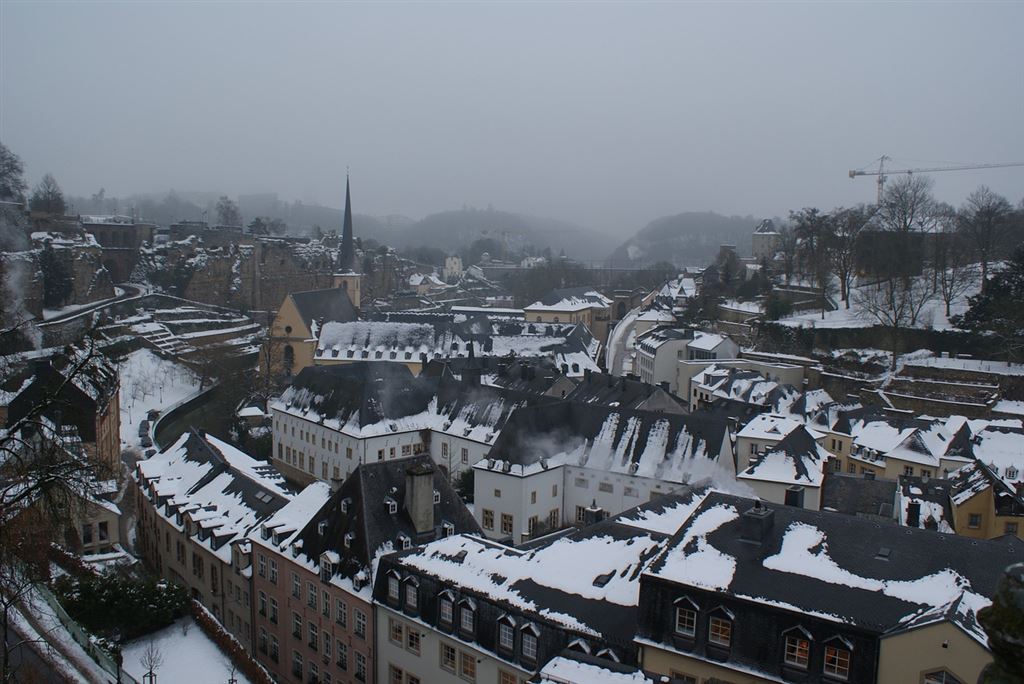
It was winter: one of the coldest winters of the decade. The frost was powdered all over Europe, yet the Netherlands suffered from the harshest winter that year. In spite of the freeze, our travel plan was there waiting to be realized. The touring draft was sketched accordingly: from Wageningen, the Netherlands to its Southern neighbors and then back to Wageningen.
Our first stop was Luxembourg. We were thrilled to see the grace of Luxembourg. The final destination of the trip was supposed to be Paris; the entire journey realized by car.
Brief Information About Luxembourg
The Grand Duchy of Luxembourg, one of the three Benelux countries (The Benelux is an economic union in Western Europe that includes three neighboring monarchies, Belgium, the Netherlands, and Luxembourg), is set in the midst of its bigger brothers Belgium, Germany, and France in the South. This small but wealthy country is important with regards to certain historical events. For example, the famous Schengen treaty was signed in the town called Schengen, situated precisely in Luxembourg. Situated along the river Moselle in the South-Eastern corner of Luxembourg, Schengen is a small wine-making town. Further on what’s unique about Luxembourg: did you know that Luxembourg is the only Grand Duchy in the world? Regardless of its political value, Luxembourg is a beautiful country, beautiful with the Capital “B”, showered by panoramic views.
The road trip from the Netherlands to Luxembourg crossed through the lush forests of Belgium. The meager daylight was yielding its way to the gloomy clouds floating above the trees as if they were a white spray coming from the sky. I have to confess this was my only “entrance” to Belgium. Living in its neighbor Holland for more than two years, Belgium had not been part of my travels, except this slight traverse.
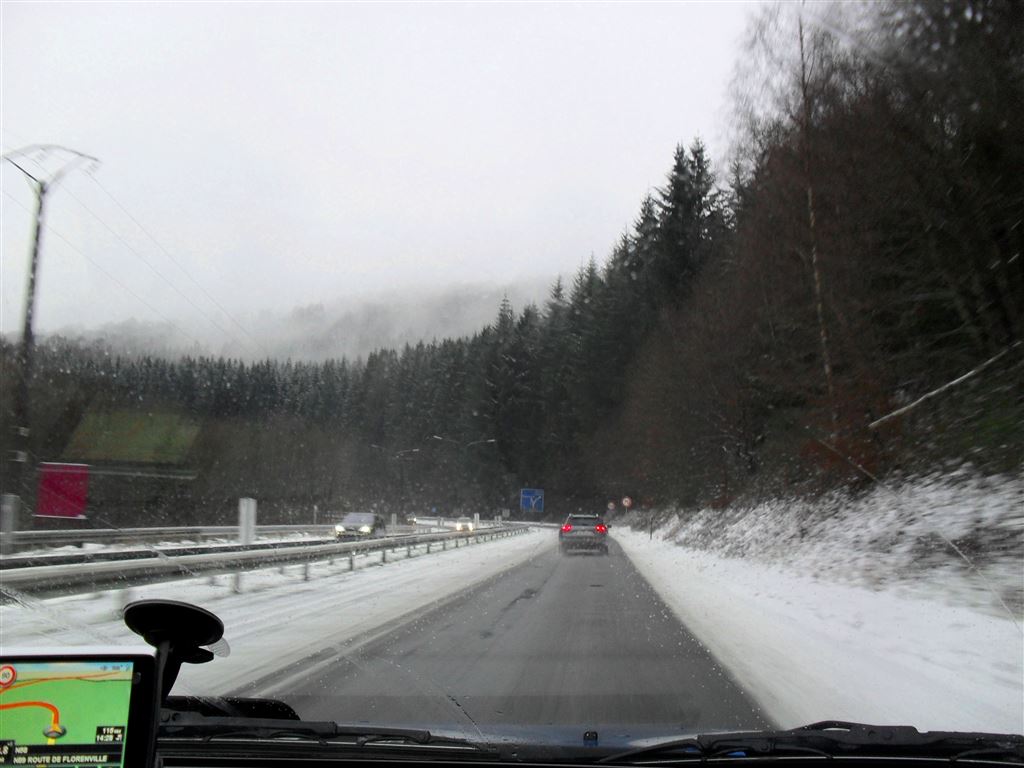
Not giving way to the freezing day, we eventually arrived in Luxembourg. As our stay in Luxembourg was short, we made one stop in the capital of the country, Luxembourg City. For anyone taking a brief stroll through the city, The Grand Ducal Palace of Luxembourg has to be included in the list. The Palace is the residence of the Grand Duke and was built in the sixteenth century, displaying a Renaissance style grace.
During a thunder-like visit, we managed to see another significant historical site, the Luxembourg Fortress. This UNESCO World Heritage Site had formerly been a rock. Consequently, it is not surprising that this site had previously served as a refuge. Over an extended period of time, Luxembourg Fortress had been influenced by the work of different nationalities: Belgians, Spanish, Italians, French, and others have left their imprint during the construction works of the fortress.
We stayed in Luxembourg for only one day, from there we headed off to luminous Paris. Truly said, Paris has never been a dream destination for me, but one thing I surely desired to witness was the grand Eiffel Tower. The elegance and grace of Eiffel’s posture could not be dismissed. It always seemed to me that French women had taken some classes in aesthetics from the Eiffel Tower or perhaps it all worked the other way around. Who knows. But the style and elegance exuded by the French ladies cannot be replaced. The majesty of Eiffel Tower has seen 300 million visitors since 1889, the year when it was constructed and remains one of the most desired travel spots on Earth. It is like a magnet luring visitors from all over the world with its sparkling lights and graceful posture.
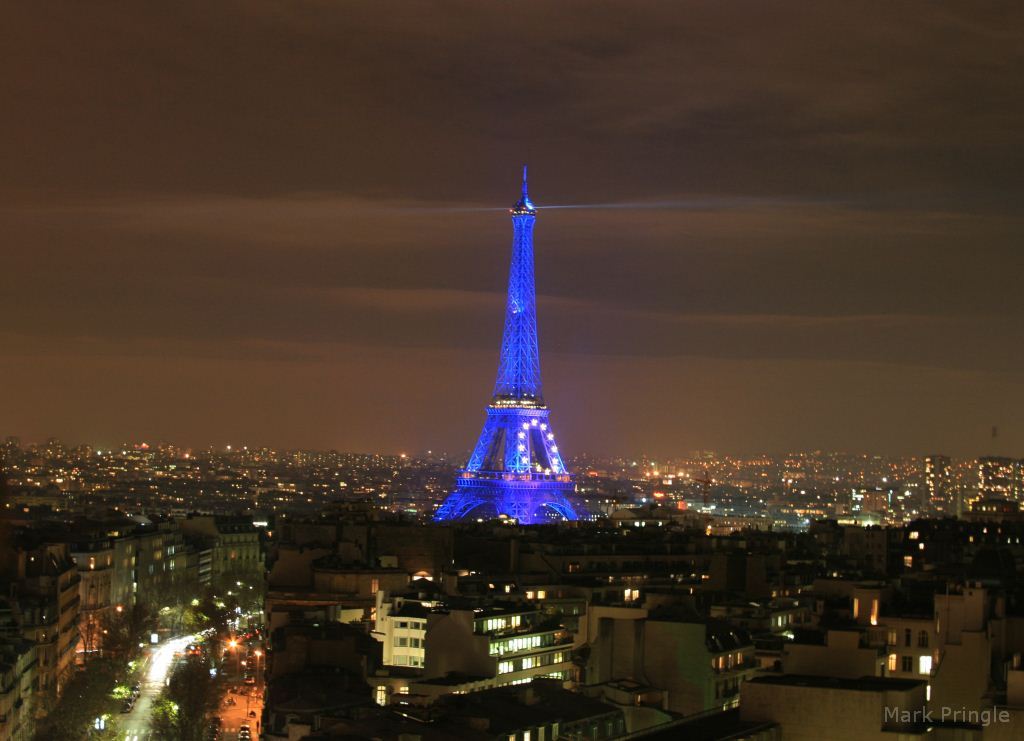
Although it was winter, a gentle rain greeted us along the way in Paris. As soon as we reached Paris, the first scene that we saw was “Les Galleries Lafayette” hidden behind the raindrops shielding the windows of the car. Raindrops resembled tears fallen from a state of happiness to be found in Paris- a dream place of many.
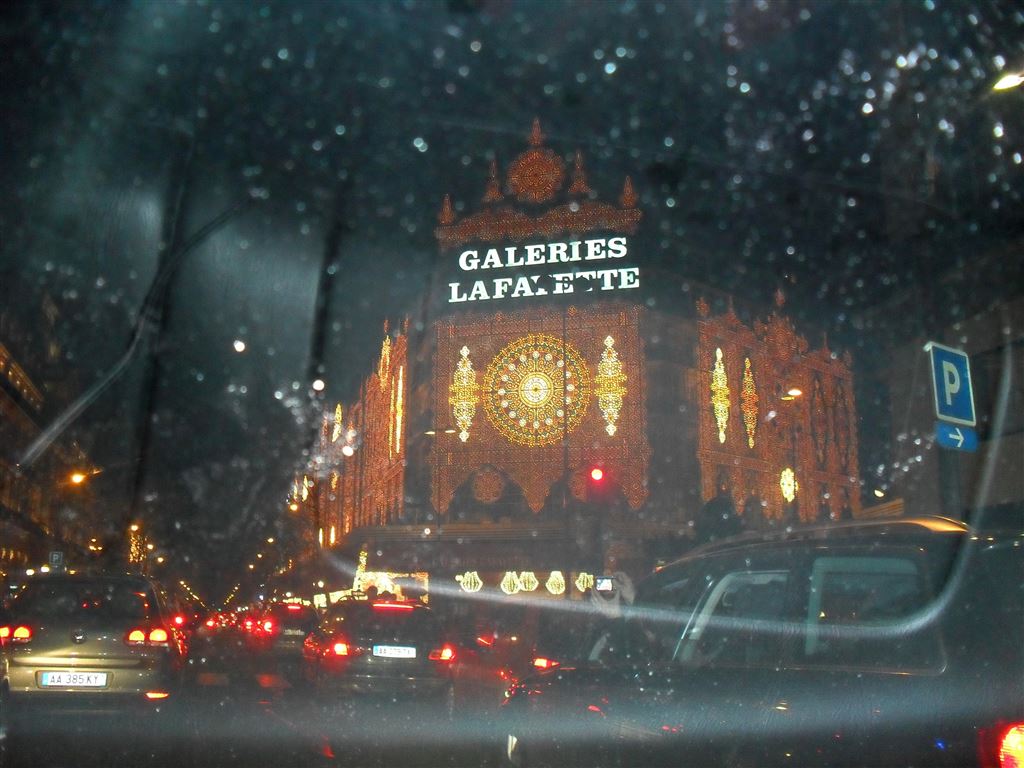
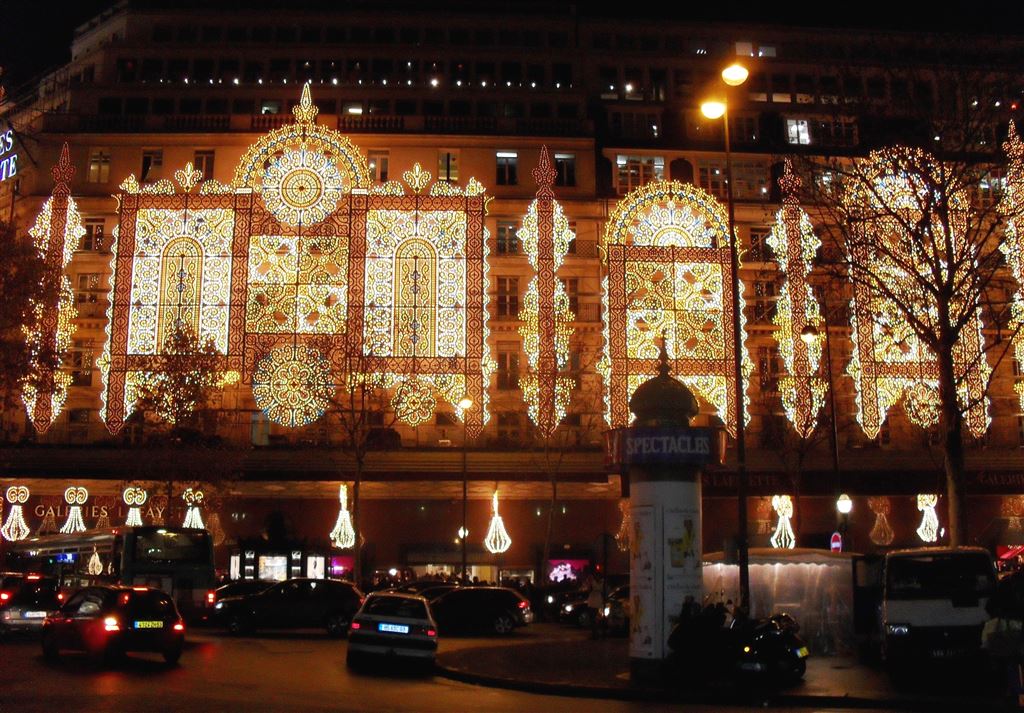
Passing through the shiny crossroads, we had a glance on the Notre-Dame de Paris. The temple is an exquisite sample of French Gothic Architecture and has a worldwide fame because of the literary work of Victor Hugo. Regrettably, we could not stop to pay a closer look and observe it from the inside, due to the crazy traffic.
Following up the historical theme, the Arc de Triomphe was standing in front as if it was inviting and saying: “Come closer, have a look at me. I will bless you”. I stepped into the Arc and my attention was caught by the notes and sculptures on the inner part of the Arc.
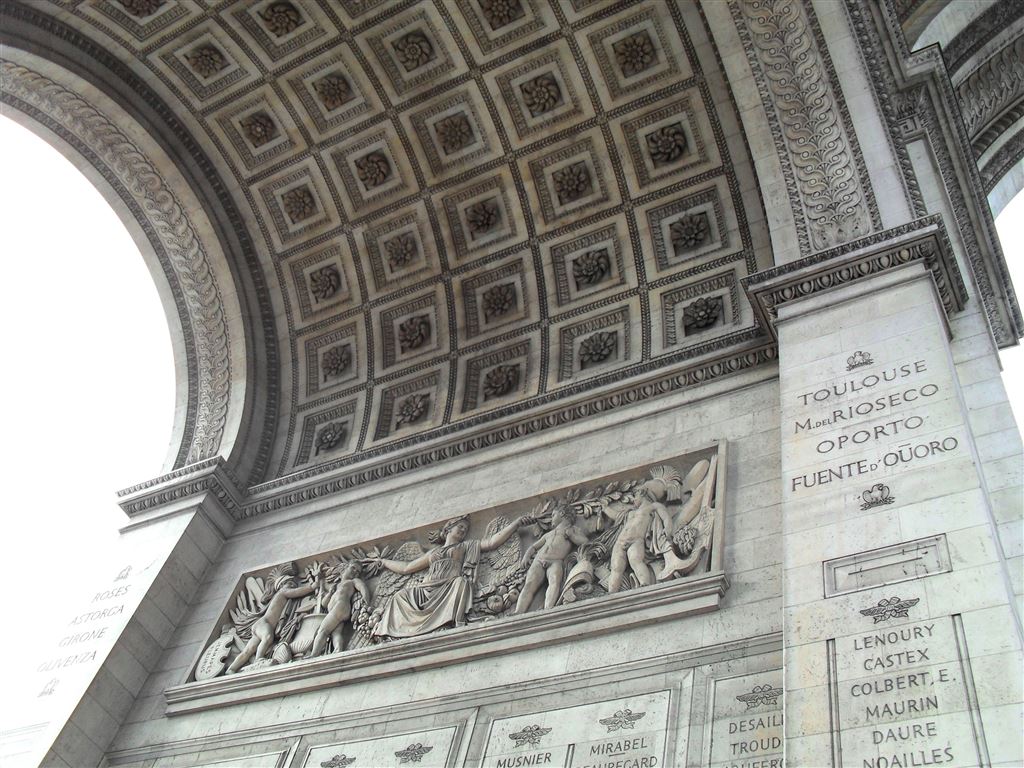
As I discovered later, those engravings were the names of generals who fought in the war. The triumphal Arc was constructed between 1806 and 1836. It is a memorial monument built in honor of war participants in France, in particular for those who fought during the Napoleonic Wars. What originally was planned to be reflected in the Arc has seen many changes over time. Still, it remains a unified and powerful ensemble. The grandeur of the work is amazing; when observing the inner part of the Arc, it seems as if you plunge into the history and go back till Napoleonic times.
When strolling back to Champs-Élysées, the song by Joe Dassin resounded in my memory. I drew a parallel between my associations when listening to the song and the actual Champs-Élysées that was funnily being covered by sludge after the rain. We barely spent a few minutes walking through the alley and realized once more that winter was not that good in showcasing the brilliance of the famous Champs-Élysées.
The final touch in our trip through the shining Paris we trusted to Montmartre. While walking up the street, we could hardly pass through the crowd to reach till Sacré-Cœur- the white iconic basilica standing on the hillside.
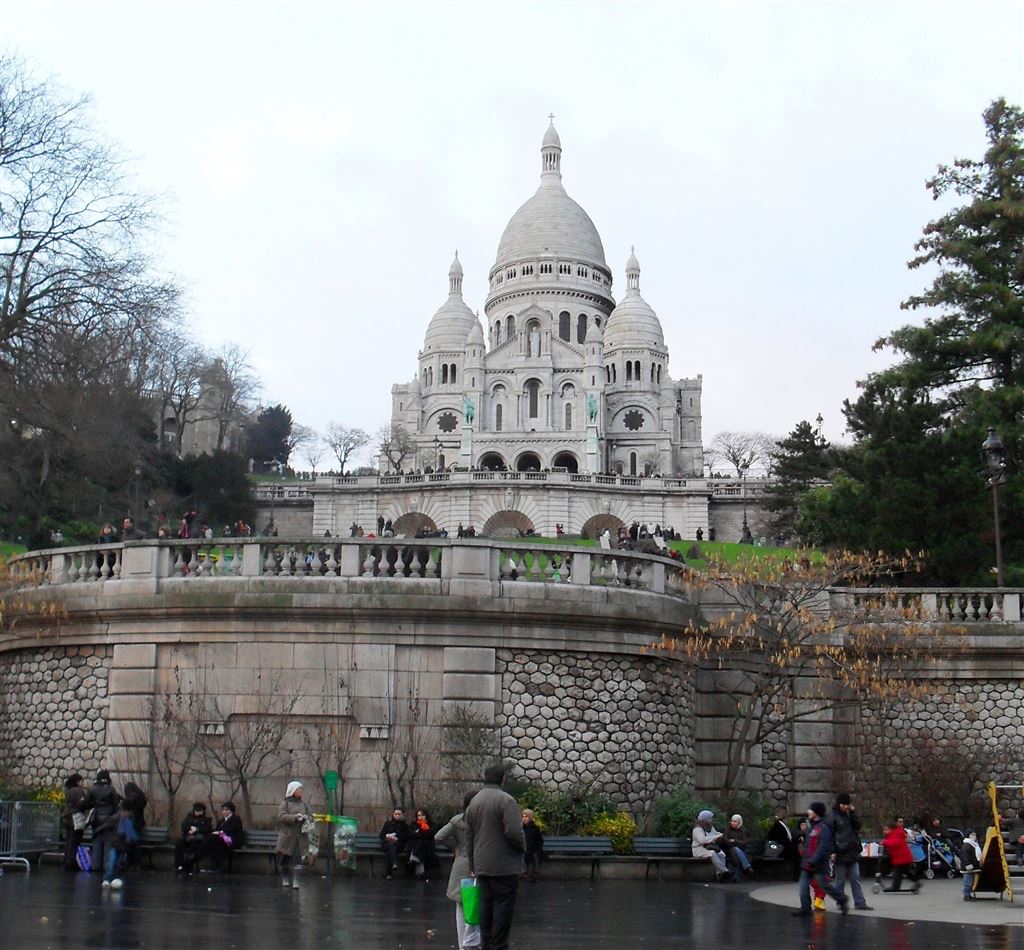
Literally translated from French, the name of basilica signifies Sacred Heart and the temple is devoted to the Sacred Heart of Jesus. While walking in Montmartre, a thought was twinkling in my brain: if on this cold winter day, the endless queue of dense tourist crowd was stretching along the way, then how would you overcome a tourist barrier during a peak season? I realized those times are way in the past when you could rejoice in the artistic flair of Montmartre, without breaking through the crowd.
While traveling through Europe by car is an exciting adventure, there are certain nuances to consider when traveling in winter. For instance, make sure heating in the car is in good condition, driving at the time of the day when visibility is at a high level. On our way, the fog and snow blended in wind caused some inconveniences for a smooth driving. Added to this, the weather conditions would slow down the traffic on the roads. Hence, if you have a short time for the entire journey, winter is not the best time to go on a multi-country and multi-city trip. Nevertheless, winter travel has its charms as well. The shifting ambiance of the winter sky when traversing from one country to another is so mystical. Especially when it is before or during Christmas time, it adds an extra allure to the journey.